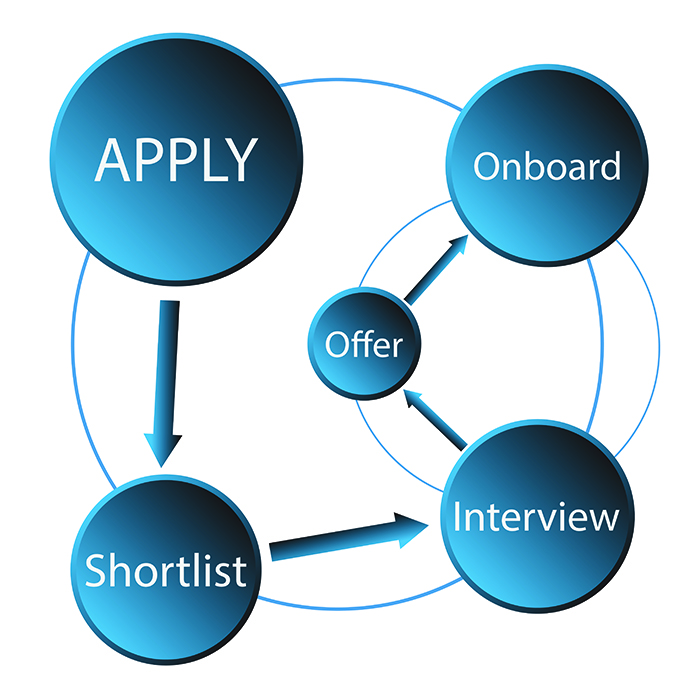
By Jason Rowe, courtesy SBAM Approved Partner ASE
Up to 20% of employee turnover occurs within the first 45 days of employment, according to research by O.C. Tanner. In addition, according to McLean & Company’s 2018 HR Trends report, only 37% of HR professionals rate their onboarding efforts as effective.
Employee onboarding is often confused with an employee orientation. Onboarding begins the moment a candidate accepts an offer and should be a continuation of the candidate experience. TalentLMS, along with California Polytechnic State University, recently conducted a survey to assess employee onboarding processes. The results in various categories include:
Onboarding Delivery Methods
-
27% exclusively online
-
40% traditional, offline methods
-
33% blended learning
Smaller companies are more likely to use offline methods, and the larger a company is the more likely they will incorporate online learning. The percentage of companies by size utilizing online learning are:
-
32% small
-
47% mid
-
48% large
Onboarding Formats
-
54% hands-on training
-
40% computer based
-
38% videos
-
35% paper-based manuals
-
35% field training
-
32% mentoring
-
21% shadowing
Components to an Onboarding Program
-
53% include compliance (i.e. health and safety, fire awareness)
-
46% include processes and procedures
-
41% include technical skills training
-
41% include soft skills training
-
39% include company values, mission, and culture training
-
39% include products and services training
-
36% include technology, tools, and systems training
Duration of Onboarding
-
38% one week
-
27% one week to one month
-
20% one day
-
10% one to three months
-
4% three to six months
-
1% six months to a year
Employee Challenges with Onboarding
When employees were asked what they find most challenging about onboarding training, the results were:
-
20% learning the expectations of my supervisor
-
17% learning how to do my job
-
16% feeling uncertain about my ability to perform well
-
16% figuring out where to go for the information I need
-
12% fitting in with coworkers
-
12% feeling unprepared for performing my job
-
7% conflicts with others I work with
The survey also revealed that 65% of respondents felt that their onboarding process only helped them “somewhat” or “not at all”. When creating an onboarding program, McLean & Company suggests following this five-step process to develop onboarding consistency:
1. Assess current onboarding efforts
2. Design a plan to acclimate new hires
3. Guide employees through performance management
4. Develop employee for success
5. Implement and communicate the new onboarding program
An effective onboarding program addresses employee orientation, performance management, and employee development over a series of months. HR should work with managers to ensure that they are aware of their critical role in onboarding and to ensure a consistent onboarding experience across the organization.